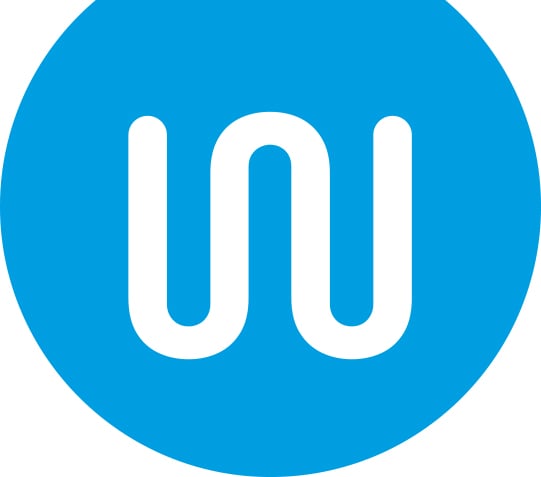The History and Future of Solar in Ireland
Solar energy in Ireland has come a long way. From a niche, little-understood concept to one of the fastest-growing renewable sectors in the country. With new technology, government incentives, and growing public awareness, solar power is quickly becoming a cornerstone of Ireland’s clean energy transition.
So, how did we get here, and what’s next for solar in Ireland?
☀️ The Early Days: Solar’s Slow Start
In the early 2000s, solar panels were rare in Ireland. The country’s reputation for cloudy weather and limited government support meant solar was often viewed as impractical. Early adopters were mainly eco-conscious homeowners or off-grid enthusiasts. Costs were high, installations were small, and the technology was less efficient than what we have today.
At that time, Ireland focused heavily on wind power, a resource more obviously abundant. But as panel efficiency improved and prices fell, solar quietly started gaining ground.
⚡ The Turning Point: Grants, Technology, and Affordability
The real momentum began in the late 2010s, when the SEAI (Sustainable Energy Authority of Ireland) introduced grants for domestic solar PV systems, making solar far more affordable. Combined with the falling global cost of panels (by over 80% in a decade), this marked a turning point.
By the early 2020s, Ireland saw an explosion of installations, particularly in Dublin, Cork, and other urban centres. Solar became mainstream, driven by:
- Government incentives such as the SEAI Solar PV grant (up to €1,800).
- Feed-in tariffs, allowing homeowners to sell excess electricity back to the grid.
- Smarter systems like hybrid inverters and solar batteries.
- Improved efficiency, even in cloudy or low-light conditions.
🏡 Solar Today: Growing Fast, Getting Smarter
As of 2025, Ireland’s solar industry is booming. Thousands of homes now have rooftop solar panels, and many are pairing them with battery storage and EV chargers to maximise self-consumption.
Businesses, schools, and farms have also embraced solar, cutting operational costs and improving sustainability credentials. The technology has evolved too, with modern systems generating significant energy even during overcast Irish winters.
Smart apps now allow homeowners to monitor real-time energy production and usage, turning solar systems into interactive, data-driven tools for efficiency.
🔮 The Future: A Solar-Powered Ireland
Ireland’s goal to reach 80% renewable electricity by 2030 places solar in a crucial role. With new commercial solar farms, improved grid infrastructure, and emerging community projects, solar is expected to cover a major share of Ireland’s daytime energy demand.
Looking ahead, key trends include:
- Hybrid systems combining solar, storage, and EV integration.
- Smarter grids enabling dynamic energy distribution and peer-to-peer trading.
- Building-integrated solar, where panels are part of roofs, facades, or even windows.
- Agrivoltaics, combining solar installations with farming for dual land use.
The next few years will see solar move from being a “home upgrade” to a core component of how Ireland powers itself cleanly, locally, and sustainably.
🌞 Ready to reap the benefits of going solar?
Get your free solar quote today with WattCharger, Ireland’s trusted solar and EV charging experts. We’ll design a system that maximises your savings and minimises your carbon footprint.
Blog Author: Rowan Egan
